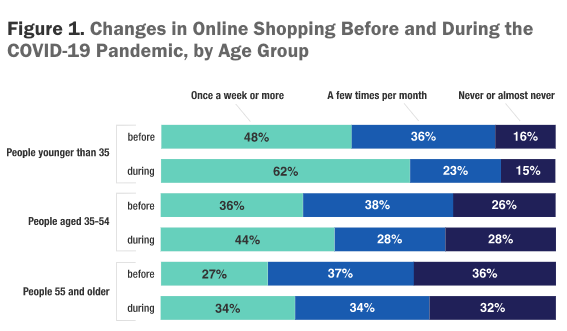It is no surprise that this year is like none other year. A lot of things this year have been canceled including graduations, summer traveling, birthdays, Halloween, Thanksgiving, and any other holidays or form of celebrations. With the cancellations of holidays, the economy is bound to be effected in some way. Especially, with unemployment numbers hitting a record high each month and the number of lives taken by COVID is record-breaking daily. This fast track of unfortunate events can leave a lot of people to feel a sense of hopelessness during months like November and December where family come together. During the months of November and December is when also when consumer spending makes up 70% of gross domestic product from holiday shopping. According to the National Retail Federation, about a fifth of all retail sales occurs in the year’s last two months (November and December). But with limited exposure to the outside world due to COVID restrictions and an increasingly high unemployment rate, the seasonal spirit that comes with shopping may just not be a little depressing. Not only does seasonal shopping affect GDP exponentially in the U.S but it’s a cheerful activity to do with friends and family. What is there to do now that since seasonal shopping is not the same. One suggestion is to convert to online shopping. In fact, over 53% of all holiday shopping is expected to be moved online this year. Economics predicts that the biggest sales spike is predicted to increase between 14% and 18% with online shopping compared to the year of 2019 during these same seasonal periods. In fact, more than 1/3 of households with incomes over $125,000 increased their shopping whereas only 20% of households with incomes under $40,000 increased their shopping this year. To many, this option reduces the risk of exposure to COVID that could come from in-person shopping and allows many to not only save lives but follow rules (COVID guidelines). This option is also easier although some of us are losing the experience to browse in person, touch things. We are just all trying to make the best of this season and still remain cheerful.
Age has also played a specific role in online shopping as well during the holidays. As shown in the graph above (https://www.rand.org/pubs/research_reports/RRA308-6.html), people 55 years of age and older during COVID are more likely to be the ones using online shopping than people aged 35-54 and people younger than 35 years of age. In fact, people 55 years of age and older use online shopping less on a weekly basis but more during a month than people younger than 35. The big takeaway of this graph is that with a global pandemic and a fluctuating stay at home order more people of varying age groups are leaning more toward online shopping.

